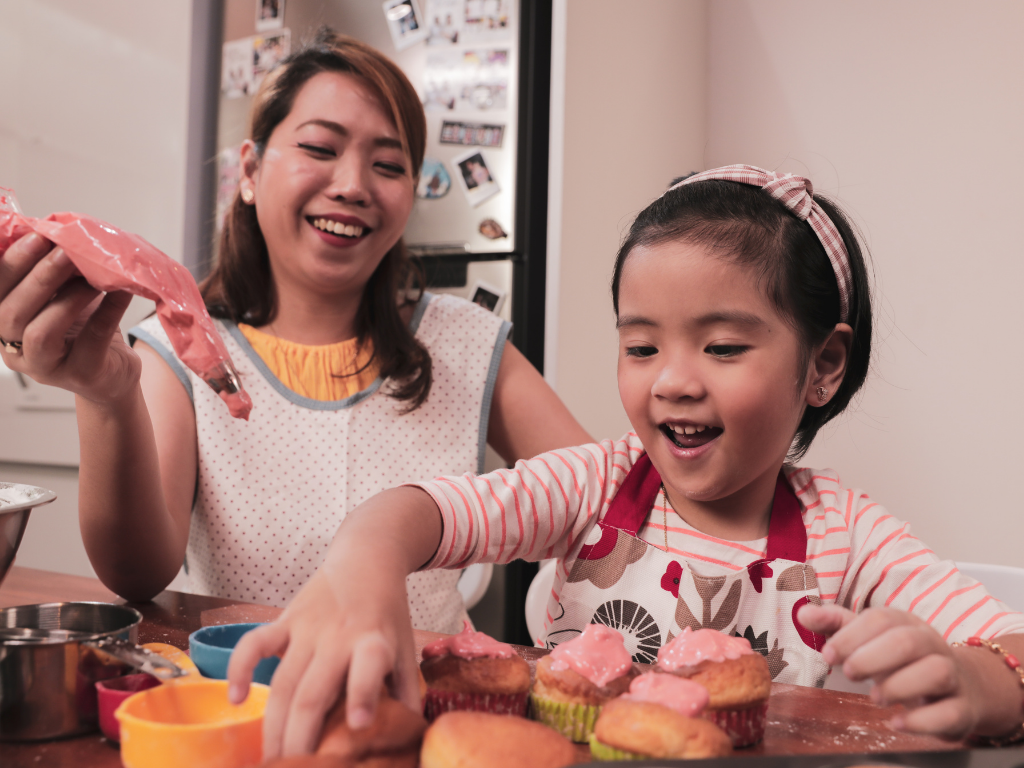Establishing relationships with your students’ families is no easy feat. It takes time and energy, two things that often feel elusive to teachers. If you are like me, you might be losing steam at this point in the school year. Maybe those school newsletters or parent-teacher conferences have been put by the wayside, simply because you are juggling a dozen roles each day. It’s at these moments that we need to get back to our why for teaching, as well as our why for engaging with our school’s community.
Why we must prioritize building partnerships with students’ families
Parent and school partnerships advance academic potential by offering teachers a window into their students’ worlds. Connections and partnerships with families create networks for students to be known and understood.
When teachers understand their students’ home lives, they can target their instruction to make it engaging and relevant. They can also determine how to best motivate, encourage, and support their students. Ultimately, by involving families and connecting content to students’ home lives, students make great academic gains (Catsambis and Beveridge, 2001).
Connecting students’ home knowledge and skills to your instruction
One of the most powerful ways that I’ve found to bridge the gap between home and school is creating lessons that build on the knowledge and skills that students acquire at home. Every child that walks into your classroom holds incredible talents and knowledge about the world around them. Educational researchers Gonzalez, Moll, and Amanti, and Gonzalez call these skills “funds of knowledge.” They’ve found that when students learn new concepts or skills within the lens of their own social and cultural backgrounds, they thrive.
The most effective teachers stay away from using worksheets to force students to memorize facts, and instead, they give their students the opportunity to make meaningful connections between what they already know and what they are learning at school.

Strategies to get to know your students’ unique knowledge and skills
While some students’ strengths might be obvious, it may take more time and planning to identify the strengths of others. There are so many fun and easy ways to further understand your students’ background knowledge and worldviews. Some of these may even be things you already do every year. This year, when you pull out that activity again and engage your student in it, ask yourself the question, “What does this work tell me about my students’ skills and knowledge, life experiences, and world views?
Strategy 1: Have students create presentations about their heritage and interests
Encourage students to share artifacts from their lives that showcase their skills and talents. The Washington Office of Public Instruction has a whole section of an article devoted to this if you are interested in learning more.
Strategy 2: Have students write or share about what they are an expert in at home
Are you teaching about text structures or informational texts? Give students the opportunity to write or create their own informational texts. Students might want to write a technical text that includes a favorite recipe they make with their families, teach the class a traditional dance they enjoy at home or explain how to have the best accuracy while kicking a soccer ball. It’s amazing to see what students can achieve when they are passionate about what they are doing.

Strategy 3: Have students create art or poetry to express who they are and celebrate their identities
This month, my fourth graders wrote poems about what makes them who they are. Facing History and Ourselves has some wonderful poems that we read prior to writing our own poems. My bilingual and multiracial students greatly resonated with several of the texts. By the end of the unit, it was very obvious that students had recognized the value of sharing their own stories. They then expressed their own identities through writing.

Strategy 4: Interview families
Parents, grandparents, and guardians are wonderful sources of knowledge. In the remote world that we are living in, take advantage of video platforms to meet with families and ask questions like, “What is your child passionate about?”, “What does your child know about that most kids don’t know about it?”, and “What traditions and holidays do you celebrate as a family?” Plan a few specific questions to frame your discussion, but also give families the opportunity to ask questions themselves.
Strategy 5: Conduct home visits
Home visits are an incredible opportunity to truly begin to understand your child’s worldview. If you choose to visit your students at home, take notes about the things you observe. Ask questions
that allow students and their families to express pride in their home routines and culture. Finally, be aware of your school’s policies and safety procedures surrounding your home visit.

Next Steps: Base new learning on students’ cultural and social backgrounds
Once you have identified your students’ knowledge and skills, be intentional about shaping your instruction around them. Do your students garden at home? When teaching the mathematical concept of area, find the area of a garden. Do your students live in multigenerational households? When learning about various historical events and the research process, have students conduct family interviews. Embrace oral storytelling as a way of understanding primary and secondary sources. Do students work in a family restaurant? Create math word problems that cause students to calculate the total cost of food items or overall profit. Ultimately, in anything you are doing, encourage students to make connections between the given concepts you are teaching about and their home lives. You’ll see a difference in the way they approach their work and understand what you are teaching.
Stay Connected
So, how can you continue to tap into your students’ strengths and knowledge as you plan your instruction? The answer: stay connected with families! The reality of this hard work is that results come with consistency. Communicate with parents regularly and be transparent that you need their engagement and support to have a successful school year.
Here are some of my favorite ways to stay connected with my students’ families:
- Class Dojo– This classroom management and school communication tool instantly translates into more than 30 languages, and can be used to share pictures and updates about what is happening in your classroom. It’s also a great tool to send private messages to parents, set reminders about school events, and share digital resources.
- TalkingPoints– Some of the ESL teachers at my school recently introduced me to this awesome tool. It was created with the purpose of helping teachers to connect with families from under-resourced, multilingual communities.
- Positive notes and phone calls home: We all have heard this more times than we count, but it never fails! Continue to prioritize sending home messages that highlight positive things you are seeing in your classroom. That way, when the time comes to address a concern, you will have already established a trusting relationship.
Teach on a mission
As we continue to teach through a pandemic, we must now, more than ever, work to find innovative ways to bridge the gap between home and school. There are so many wonderful tools we have at our fingertips to engage families. Let’s use them to build school and classroom cultures that embrace diversity, invite collaboration, and make students feel that they belong. If you want to read more about ways to make students feel successful in their own classrooms, read Representation Matters: Why Students Need to See Themselves in Your Classroom.
References
Anderson, J., Horton, L., Kendrick, M., and McTavish, M. (2017). Children’s funds of knowledge in a rural northern Canadian community: A telling case. Language and Literacy, 19(2), 20-32.
Catsambis, S. & Beveridge, A. (2001). Does neighborhood Matter? Family, neighborhood, and school influences on eighth-grade mathematics achievement. Sociological Focus. 34.435-457.
Epstein, J.L. (2011). School, family, and community partnerships. Preparing educators and improving schools. Philadelphia, PA: Perseus Group Publishing.
González, N., Moll, L., & Amanti, C. (Eds). (2005). Funds of knowledge: Theorizing practices in households, communities, and classrooms. Mahwah, NJ: Erlbaum.
Graff, C. S. (2017). Home visits 101. Edutopia. https://www.edutopia.org/article/home-visits-101-cristina-santamaria-graff
Moll, L et. al. (1992). Funds of knowledge for teaching: Using a qualitative approach to connect homes and classrooms. Theory into Practice, 31(2).
Washington Office of Superintendent of Public Instruction. https://www.k12.wa.us/student-success/access-opportunity-education/migrantand-bilingual-education/funds-knowledge-and-home-visits-toolkit/funds-knowledge




1 reply on “What Students Bring to the Classroom: Tapping into Home Life to Help Students Thrive”
This is an excellent, thoughtful article. Each of the strategies you mentioned is insightful and practical. Building partnerships between teachers and families is paramount to students achieving their maximum potential, both academically and socially.